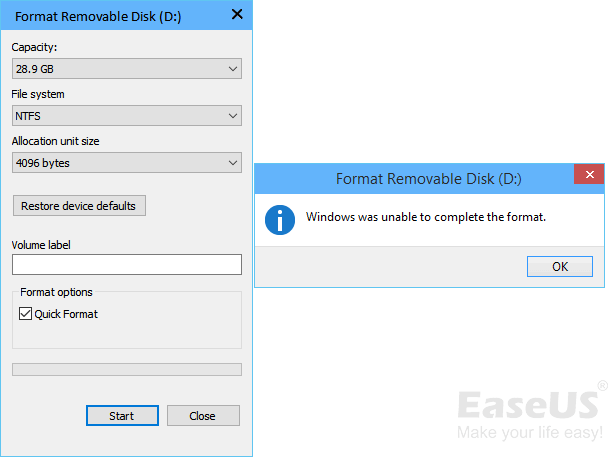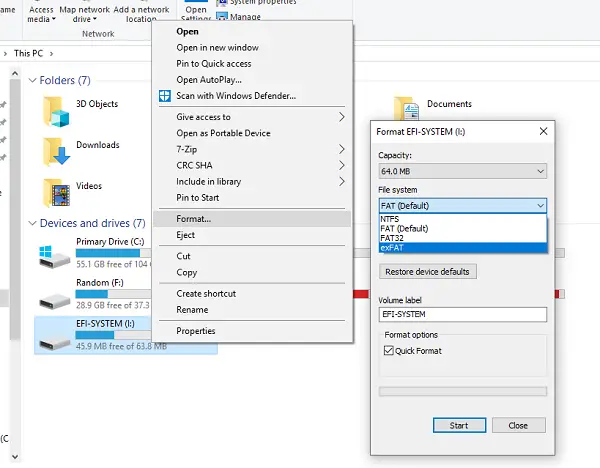

You can easily add or delete volumes in APFS containers. For example, folders named “Homework” and “HOMEWORK” are two different folders. For example, folders named “Homework” and “HOMEWORK” are two different folders.ĪPFS (Case-sensitive, Encrypted): Uses the APFS format, is case-sensitive to file and folder names, and encrypts the volume. Choose this option if you don’t need an encrypted or case-sensitive format.ĪPFS (Encrypted): Uses the APFS format and encrypts the volume.ĪPFS (Case-sensitive): Uses the APFS format and is case-sensitive to file and folder names.
#What drive format for windows and mac for mac#
Each volume uses only part of the overall container, so the available space is the total size of the container, minus the size of all the volumes in the container.Ĭhoose one of the following APFS formats for Mac computers using macOS 10.13 or later.ĪPFS: Uses the APFS format.
#What drive format for windows and mac how to#
Now that you know which format to use, check out our guide on how to format your hard drive on. With exFAT, you can store files of any size, and use it with any computer made in the last 20 years. If you want to format your external hard drive to work with Mac and Windows computers, you should use exFAT. If desired, you can specify reserve and quota sizes for each volume. The Best Format for External Hard Drives. When formatting the USB to FAT32, you don't need to worry about the 32 GB partition size limit of AOMEI products. Obviously, using AOMEI Partition Assistant has fewer restrictions on formatting USB drives. The understanding feature of data recovery will help to know how to choose the best data recovery software for Windows, Mac, and. When a single APFS container has multiple volumes, the container’s free space is shared and is automatically allocated to any of the individual volumes as needed. You can use Diskpart and AOMEI Partition Assistant to format USB for Mac and PC on Windows.

macOS 10.13 or later supports APFS for both bootable and data volumes.ĪPFS allocates disk space within a container (partition) on demand. While APFS is optimized for the Flash/SSD storage used in recent Mac computers, it can also be used with older systems with traditional hard disk drives (HDD) and external, direct-attached storage. Apple File System (APFS), the default file system for Mac computers using macOS 10.13 or later, features strong encryption, space sharing, snapshots, fast directory sizing, and improved file system fundamentals.


 0 kommentar(er)
0 kommentar(er)
